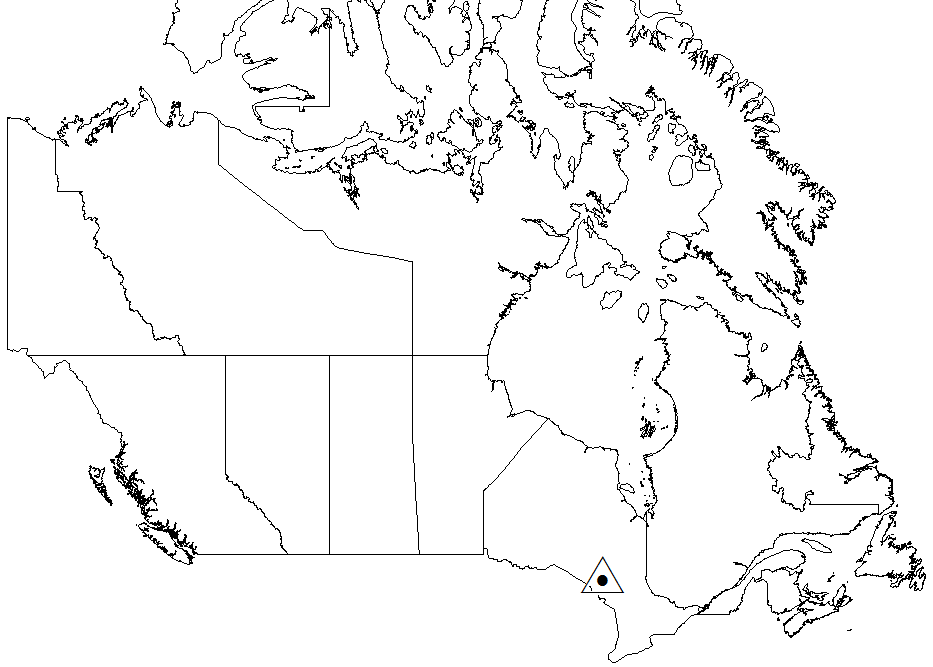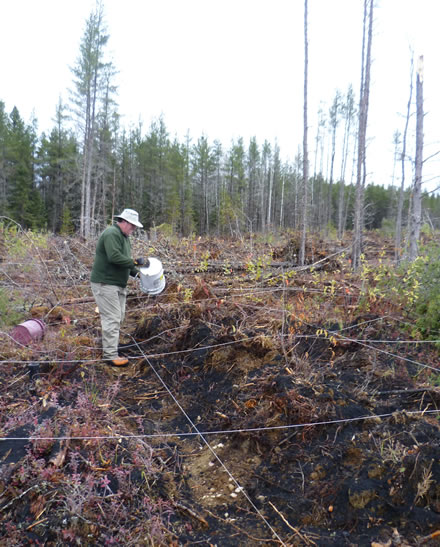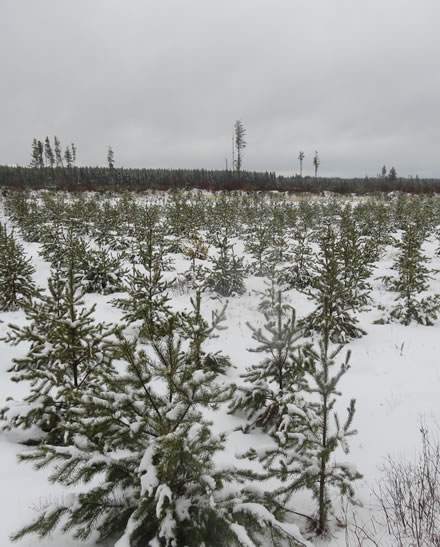Island Lake biomass harvest experiment

Location
Central Northeastern Ontario
Ecozone: Boreal Shield
Elevation: 455 m
Climate
1981 to 2010 monthly climate point estimates generated from the Natural Resources Canada climate modeling project.
Mean annual precipitation: 927 mm
Mean minimum temperature in January: −20.6°C
Mean maximum temperature in July: 23.1°C
Site description
Before the experiment, the site supported a second-growth jack pine (Pinus banksiana Lamb.) stand that was approximately 40 years old. It had regenerated after a conventional clearcut. The soils developed from glaciofluvial deposits and have a sandy to sandy loam texture. The soils are predominantly Eluviated Dystric Brunisols with a forest floor layer of approximately 10 cm.
Ash description
The ash used in the Island Lake Biomass Harvest Experiment was produced at a cogeneration plant. The ash feedstock was predominantly jack pine and black spruce (Picea mariana (Mill.) BSP) bark, shavings, and sawdust. Only bottom ash was used for the experiment, and the ash was not pretreated before application.

Wood ash being spread by hand on plots at the Island Lake wood ash trial.

Island Lake wood ash trial in the winter 5 years after ash application.
Treatment description
In December 2010 and January 2011, the site was clearcut using full-tree harvesting with biomass removal. All harvesting residues were removed. In October 2011, ash was applied at five rates: 0 Mg per ha (control treatment), 0.7 Mg per ha, 1.4 Mg per ha, 2.8 Mg per ha, or 5.6 Mg per ha. Ash treatment rates (Mg per ha) were calculated based on the dry weight of the ash, and the ash was applied to the soil surface by hand. Treatments were replicated across four (ash-treated plots) or five (control plots) plots when the experiment was set up. In May 2012, jack pine seedlings were planted at a density of 2,645 stems per ha, and the site was fill-planted in May 2013.
Monitoring
Monitoring treatment effects on trees and understory vegetation, soil chemistry, soil solution chemistry (i.e., chemistry of water extracted from the soil instead of the soil itself), and soil biota is ongoing. Data being collected include:
- Trees
- Survival
- Height and diameter
- Foliar nutrients
- Understory vegetation
- Species composition
- Percent cover
- Soil chemistry
- Acidity (pH)
- Total carbon, nitrogen, cations, and trace elements
- Exchangeable cations
- Available phosphorus
- Nitrogen mineralization
- Soil solution chemistry
- Acidity (pH)
- Dissolved carbon
- Dissolved nutrients and trace elements
- Soil and epigaeic fauna
- Springtails, mites, roundworms
- Ground beetles, rove beetles, spiders, millipedes
- Soil microorganisms
- Substrate-induced respiration
- Enzyme activity
- Microbial biomass
- Microbial community composition
Main contacts
Lisa Venier, Research Scientist, Natural Resources Canada, Canadian Forest Service, Great Lakes Forestry Centre
Dave Morris, Research Scientist, Ontario Ministry of Natural Resources and Forestry, Centre for Northern Forest Ecosystem Research
Page details
- Date modified: